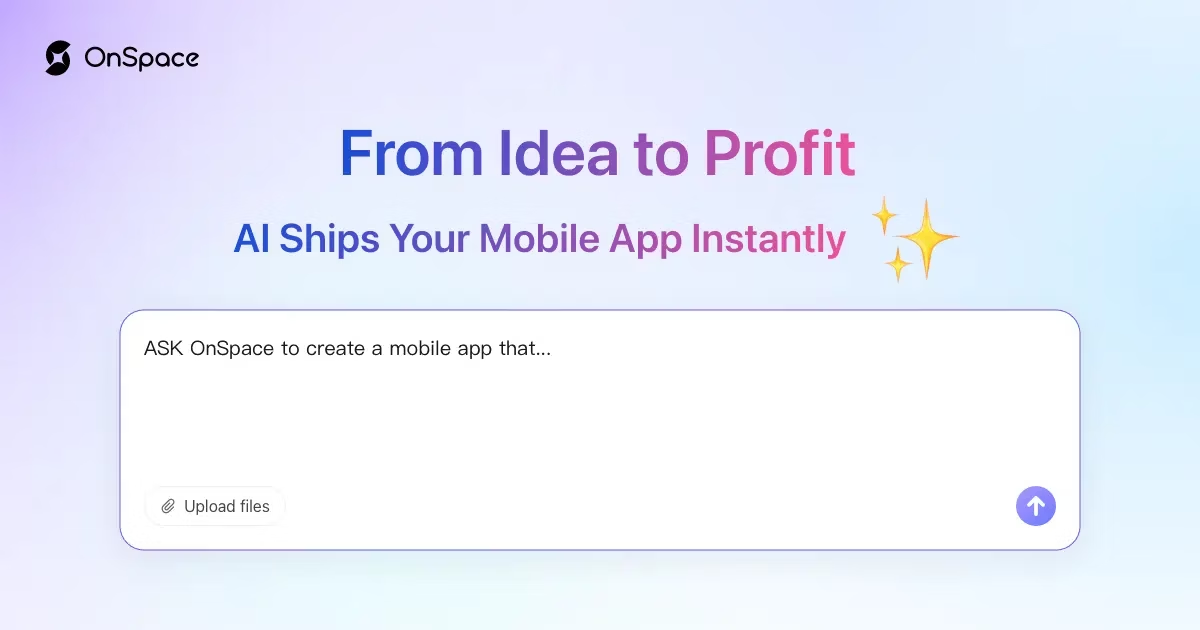Common Mistakes When Relying on AI to Build Apps: A Developer's Guide to Avoiding Pitfalls
Summary: Building applications with AI assistance has become increasingly popular, but developers often fall into predictable traps that compromise their projects. This guide examines the most critical mistakes when leveraging AI for app development, from over-reliance on generated code to inadequate testing practices. Understanding these pitfalls helps developers harness AI's power while maintaining code quality, security standards, and long-term maintainability.
Key Insights
- Setting realistic expectations prevents AI over-dependence issues
- Implementing proper code review catches AI-generated vulnerabilities
- Understanding business logic ensures AI suggestions align with requirements
- Maintaining security standards prevents AI from introducing critical flaws
- Planning scalable architecture avoids technical debt accumulation
Introduction
AI-powered development tools have revolutionized how we build applications, offering unprecedented speed and automation capabilities. However, the convenience of AI assistance often leads developers into common traps that can compromise project quality and security. While AI excels at generating boilerplate code and solving routine problems, blind reliance without proper oversight creates significant risks.
This comprehensive guide explores the most frequent mistakes developers make when using AI for app development and provides practical strategies to avoid these pitfalls while maximizing AI's transformative benefits for modern software development.
Over-Reliance on Generated Code Without Review
The biggest mistake developers make is treating AI-generated code as production-ready without thorough review. AI models can produce syntactically correct code that contains logical errors, security vulnerabilities, or inefficient implementations that only become apparent under real-world conditions.
Key Problems Include:
- Accepting code without understanding its functionality
- Missing edge cases that AI didn't consider
- Ignoring performance implications of generated solutions
- Skipping integration testing for AI-suggested components
Best Practice:
Always review AI-generated code line by line, test thoroughly, and ensure it aligns with your project's coding standards and architecture patterns. Implement a mandatory code review process that includes both automated tools and human oversight.
Ignoring Business Context and Requirements
AI tools generate solutions based on prompts but lack deep understanding of your specific business requirements, industry regulations, and organizational constraints. Developers often accept generic solutions that don't match their unique operational needs or compliance standards.
Common Issues:
- Generic implementations that don't handle domain-specific requirements
- Missing compliance considerations for regulated industries
- Inadequate data handling for privacy requirements
- Poor user experience due to AI's limited context understanding
Implementation Strategy:
Provide detailed context in AI prompts, including business rules, user personas, compliance requirements, and existing system constraints. Create comprehensive requirement documents that guide AI interactions and validate outputs against business objectives.
Insufficient Security Validation
AI-generated code frequently contains security vulnerabilities because models prioritize functionality over security best practices. These vulnerabilities can expose applications to serious threats including data breaches, unauthorized access, and system compromises.
Critical Security Gaps:
- SQL injection vulnerabilities in database queries
- Inadequate input validation and sanitization
- Missing authentication and authorization checks
- Exposed API endpoints without proper rate limiting
Security Framework:
Implement automated security scanning tools, conduct manual penetration testing, and maintain a comprehensive security checklist for all AI-generated components. Never deploy AI-generated code without thorough security validation and testing.
Neglecting Scalability and Performance Considerations
AI often generates solutions that work perfectly for small datasets or development environments but fail catastrophically under production loads. Performance bottlenecks and scalability issues become critical problems as applications grow and user bases expand.
Performance Issues Include:
- Inefficient database queries and indexing strategies
- Memory-intensive operations without optimization
- Poor caching implementation and resource management
- Inadequate error handling for high-traffic scenarios
Optimization Approach:
Conduct comprehensive load testing, implement robust monitoring solutions, and optimize database queries and API responses based on expected traffic patterns. Plan for scalability from the beginning rather than retrofitting solutions.
Testing and Quality Assurance Implementation
Effective testing requires comprehensive strategies that account for AI-generated code's unique characteristics. Traditional testing approaches must be enhanced to address the specific risks and behaviors of AI-assisted development workflows.
Essential Testing Practices:
- Unit tests for individual AI-generated functions with edge case coverage
- Integration tests for component interactions and system behavior
- User acceptance testing with real-world scenarios and data
- Performance benchmarking under various load conditions and stress tests
OnSpace AI Integration
OnSpace AI empowers anyone to turn ideas into powerful AI applications in minutes—no coding required. Our free, no-code platform enables effortless creation of custom AI apps; simply describe your vision and our agentic AI handles the rest.

Frequently Asked Questions
What are the most common mistakes when using AI for app development?
The most common mistakes include over-reliance on generated code without review, ignoring business context and requirements, insufficient security validation, and neglecting scalability considerations. These issues can lead to vulnerable, inefficient, or unsuitable applications.
How can I ensure AI-generated code is secure?
Implement automated security scanning tools, conduct manual penetration testing, maintain a security checklist for all AI-generated components, and never skip security validation steps. Always treat AI-generated code as potentially vulnerable until proven otherwise through thorough testing.
Should I trust AI-generated code for production use?
No, never trust AI-generated code without verification. Always review AI-generated code line by line, test thoroughly, and ensure it aligns with your project's coding standards and architecture patterns before production deployment.
How do I balance AI assistance with human oversight?
Use AI as a powerful assistant, not a replacement for thoughtful development practices. Implement thorough code review processes, comprehensive testing strategies, maintain security standards, and ensure human developers understand and validate all AI-generated solutions.
Conclusion
Successfully leveraging AI for app development requires balancing automation benefits with human oversight and validation. By avoiding these common mistakes—over-reliance on generated code, ignoring business context, insufficient security validation, and neglecting performance considerations—developers can harness AI's power while maintaining high-quality, secure applications.
The future of development lies in intelligent collaboration between human expertise and AI capabilities. By understanding these pitfalls and implementing robust validation processes, developers can build applications that are both innovative and reliable.
Build Your AI App Now